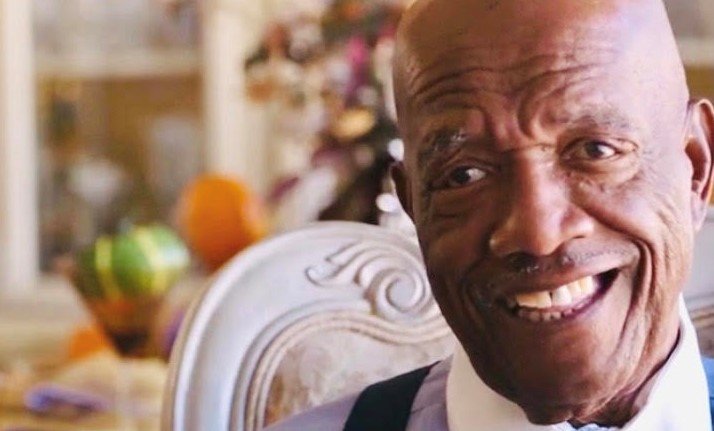Courage: Fuel for Innovation & Improvisation
During my flight to Barbados yesterday, I watched the film I’m Charlie Walker. In 1971, Charlie Walker was a budding entrepreneur with one truck and not much more than an energy of persistence and perseverance. Again and again, Walker would be turned away from job opportunities—refused because he was a black man attempting to insinuate himself where he was not welcome.
When two Standard Oil tankers collided under the Golden Gate Bridge, on January 18, 1971, the result was 800,000 gallons of heavy crude oil polluting the shoreline and beaches of California’s Bay area—a catastrophic disaster. Walker didn’t hesitate—with unrelenting determination, he landed a contract to clean up the beach that no one else wanted---the distant Stinson Beach in Marin. What was unknown at the time was that the currents would bring the bulk of the spill right to Stinson Beach. Now the leader of the operation, Walker hired dozens of white truckers and went to work.
Using unconventional methods to achieve his success, Walker brought in specialized paddle scrapers machines—traditionally used for paving roads, organized the volunteers and protesters who were already on the beach, and sold the contaminated sand to a road developer. His clean up success was above and beyond any of the other contractors at their locations.
Walker was taunted, belittled, and barely tolerated, but he held onto the courage that kept him pushing forward. Facing racism and discrimination at every turn, Walker took on every obstacle with courageous improvisation—unprecedented for a black worker in the trucking industry.
The following is an excerpt from a previous post exploring courage, I Dare You: A Provocative Challenge
Science of Courage
The people who have the highest courage quotients are those who . . . are able to get a handle on their own anxiety as well as find ways to boost their own sense of agency and take action.
– Robert Biswas-Diener
Courage is the willingness to act even in the face of risk, uncertainty, and fear. More than likely, we’ve all experienced some or all of these feelings over the past few months.
Author of The Courage Quotient, Robert Biswas-Diener, defines our courage quotient as having two variables: our "willingness to act" and our "ability to control fear." When you successfully do both, you are more likely to “face challenges with grace, connect with and inspire others, and be a force for good.”
According to Biswas-Diener, courage can be learned and increased if we:
Understand courage as personal, such as acting on a fear that limits you, and as general, when you take a dramatic action that helps someone else.
Recognize our own extraordinary behavior, instead of dismissing it as ordinary.
Think of ourselves in a courageous role, which can give us the power to act boldly when the need arises.
Be willing to fail because failure is inevitable, but often beneficial as a growth opportunity.
Create meaningful goals with a “promotion focus”—meaning that you’re playing to WIN rather than playing not to lose.
The take-home message here for you, and for your courage quotient, is to not treat mistakes as though they are barely acceptable but to embrace them as if they were your friends and also gateways to creativity, confidence, and spontaneity.
— Robert Biswas-Diener
Cognitive neuroscience tells us that courage can be strengthened through neuroplasticity, the ability of the brain to change continuously throughout our life. The more we dare to confront our fears, the more our brains wire for courage. Enacting courage shifts us from paralysis and fear to confront the challenges to make our lives, and the lives of those around us, better.
Courage in Leadership
Courage informs and enhances leadership caliber via the mental and moral strength to confront and persevere through fear or difficulty. Courage develops accountability, builds our capacity to handle conflict, and allows us to operate from our highest values. A leader who consciously chooses to recognize fear-based patterns and re-frame them can create new neural pathways towards inspired action.
What would building your courage quotient look like? I dare you to find out!



